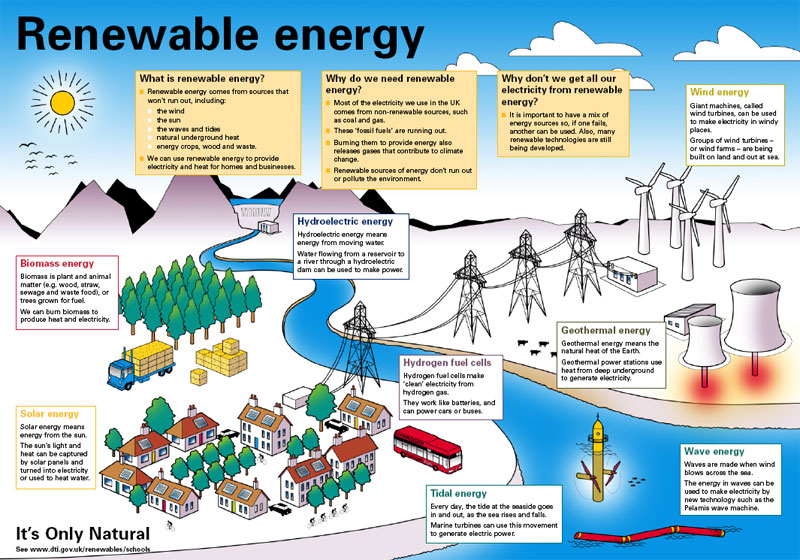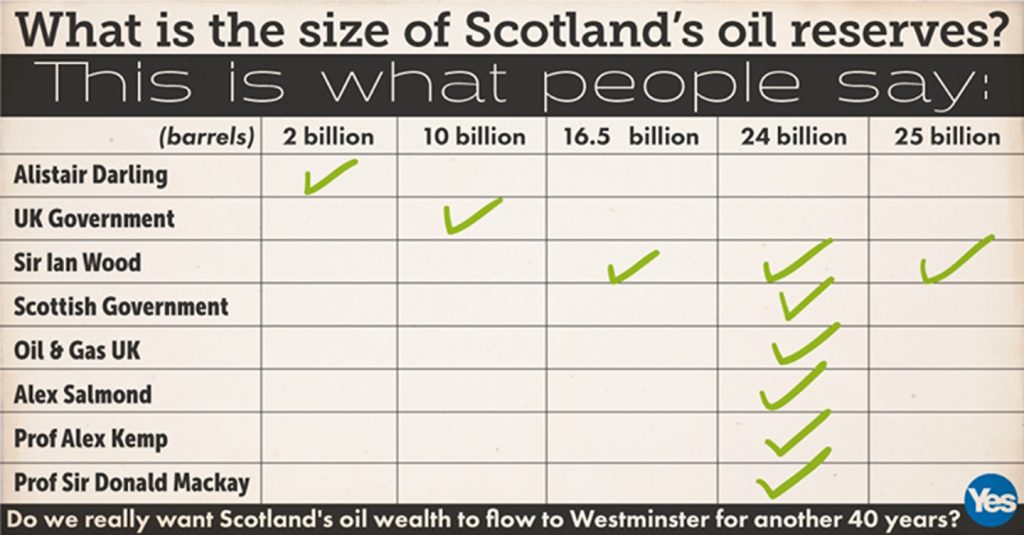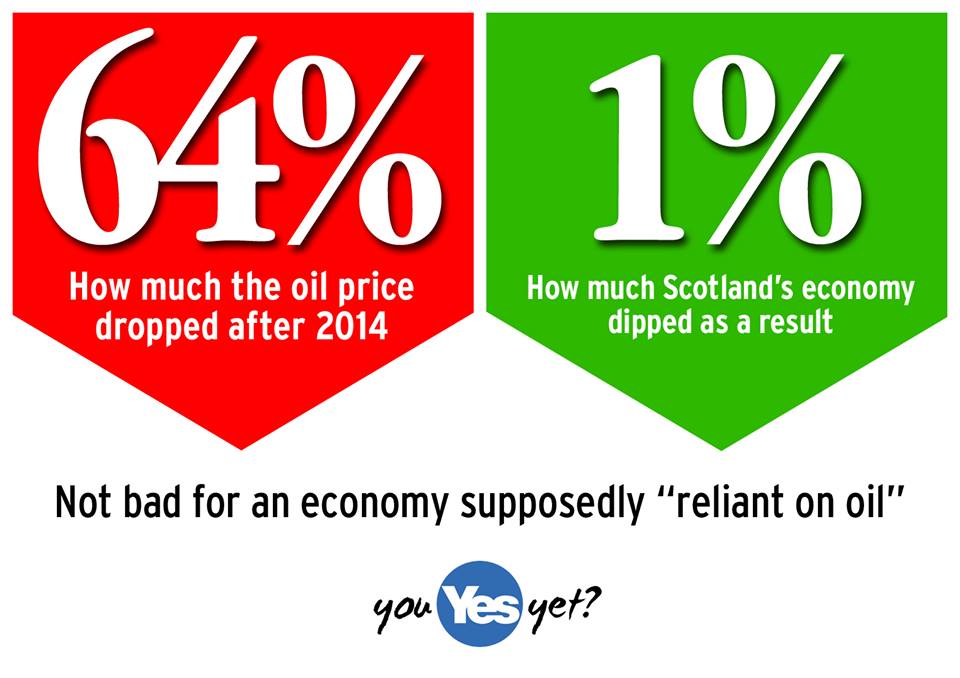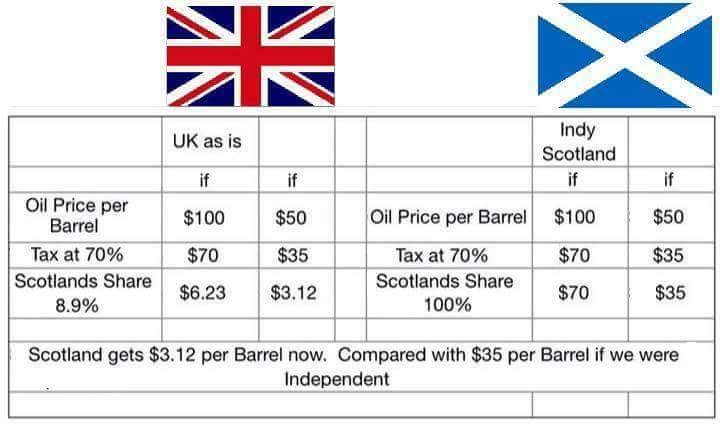Warning: Undefined array key "ssba_bar_buttons" in /usr/home/movgwifi/public_html/yesedinburghwest.info/wp-content/plugins/simple-share-buttons-adder/php/class-buttons.php on line 602
Warning: Undefined array key "ssba_bar_buttons" in /usr/home/movgwifi/public_html/yesedinburghwest.info/wp-content/plugins/simple-share-buttons-adder/php/class-buttons.php on line 602
Warning: Undefined array key "ssba_bar_buttons" in /usr/home/movgwifi/public_html/yesedinburghwest.info/wp-content/plugins/simple-share-buttons-adder/php/class-buttons.php on line 602
Scotland has massive energy resources: both renewable and fossil fuels.
 Renewable energy
Renewable energy
On 7 August 2016, Scotland joined the “fully renewable” energy club by powering itself completely from renewable energy. Scotland is estimated to have up to 25% of Europe’s tidal power, 10% of its wave power, and 25% of its offshore wind resource potential). Scotland’s current renewable capacity is less than 15% of its potential.
Our natural resource base for renewable energy is extraordinary by European, and even global standards. Renewable energy has now overtaken nuclear energy in Scotland.
In 2007, Scotland set a renewable energy target, for 31% of total power generation to come from renewables by 2011, and 50% of total electricity generation to come from renewables by 2020 (now raised to 100%, with 50% to be achieved by 2015). The EU target is 20% by 2020. They said it couldn’t be done, Scotland was being too ambitious, etc. But look at the progress we’ve made – 56.7% of consumption came from renewables in 2015, up from 22.2% in 2008. Hydro power produces about 12% of Scotland’s electricity. Scottish solar capacity (don’t laugh!) climbed 32% in 2014.
Oil and Gas
 Scotland has the largest oil reserves in the EU. It is the largest oil and second largest gas producer in the EU.
Scotland has the largest oil reserves in the EU. It is the largest oil and second largest gas producer in the EU.
In 2014, there was a lot of argument about how much oil there was left in the North Sea. Immediately after the Referendum, BP said oil reserves were “secure for decades to come”. The SNP used a figure of 24 billion barrels of oil (bbl) remaining, which seemed a sensible mid-figure using industry expert estimates. Sir Ian Wood dropped his own 24 bbl estimate to 16bbn in just 6 months, and was knighted in 2016 for his “services”.
The Oil & Gas Authority estimates oil reserves at 31.8 bbl and gas at 390 bbl, which even at a production rate of 1 million barrels a day, oil will last for 87 years. Not exactly ‘close to collapse’.
 Oil revenue has generally made up only around 15% of Scotland’s revenue. The highest it has been in recent times was 21% in 2008-09. By contrast, Norway rarely sees years where oil contributions make up LESS than 25% of total revenue. In countries like Nigeria or Kuwait, oil makes up over 80% of total revenue. The collapse in the oil price did NOT lead to the collapse of the Scottish economy.
Oil revenue has generally made up only around 15% of Scotland’s revenue. The highest it has been in recent times was 21% in 2008-09. By contrast, Norway rarely sees years where oil contributions make up LESS than 25% of total revenue. In countries like Nigeria or Kuwait, oil makes up over 80% of total revenue. The collapse in the oil price did NOT lead to the collapse of the Scottish economy.
Simple arithmetic says we’d be much better off with 100% of the revenue of oil at $10 per  barrel, than 8% of the revenue of oil at $100 per barrel
barrel, than 8% of the revenue of oil at $100 per barrel
The current oil price can be found here.
Nuclear: The Scottish Government has a ‘no new nuclear power strategy’. Nuclear Power at Torness generates about 1200MW and Hunterston 800MW.
Coal: Hargreaves Services, who run most of Scotland’s remaining opencast coal mines, is to half its output next year, targeting 1m tonnes of production in the year ending 31 May 2016. The price of coal has fallen from £55 per tonne to a 9-year low of £39 per tonne. Longannet power station (recently closed) had a generating capacity of 2,400MW.
Shale gas (fracking): Scotland has considerable shale gas potential, but given the energy resources we have, and the potential risks to the environment, we don’t need to exploit this at the present time.
In an independent Scotland, it will be the people of Scotland, and our Scottish Government, who will decide our future energy policy.
Yes Edinburgh West has a website, Facebook, Twitter, National Yes Registry and a Library of topics on Scottish Politics, including Energy.



